Monthly Archives: October 2024
SOURCE: IDRW.ORG
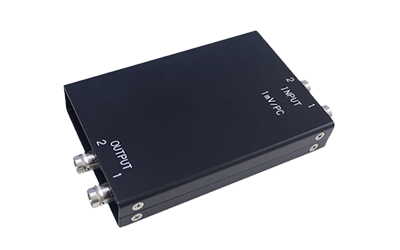
In a significant development for India’s indigenous fighter program, Bengaluru-based Varchas Aerospace Private Limited has been selected by Hindustan Aeronautics Limited (HAL) to replace a critical component of the Tejas Mk-1A aircraft. This move comes after a recent Danish export blacklist on a previously sourced engine charge amplifier threatened to delay the Tejas program.
The blacklisting was due to concerns regarding potential re-export to Russia in light of the ongoing conflict in Ukraine. To address this challenge and ensure program continuity, HAL entrusted Varchas Aerospace with the development of a locally manufactured engine charge amplifier.
Continue readingSOURCE: IDRW.ORG
ADE, a leading developer of Unmanned Aerial Vehicles (UAVs), is actively working to indigenize critical components of its UAV fuel systems. To ensure uninterrupted fuel supply to the engine at all altitudes, attitudes, and airspeeds, these systems rely on various Line Replaceable Units (LRUs) such as pumps and valves. However, many of these components are currently manufactured exclusively by foreign manufacturers, hindering India’s self-sufficiency in UAV technology.
To address this challenge, ADE has identified ten essential long lead components that need to be indigenized:
Continue readingSOURCE: AFI

In a significant move to enhance its precision-strike capabilities, the Indian Air Force (IAF) has selected JSR Dynamics, an emerging defense technology company, to develop Range Extension Kits (REK) for its 250kg High-Speed Low-Drag (HSLD) bombs. The project falls under the ADITI 1.0 industry challenge, initiated by the Innovations for Defence Excellence (iDEX) program. This selection marks a step forward in the IAF’s modernization efforts, aimed at increasing the operational effectiveness of its existing munitions.
The Range Extension Kits (REK) developed by JSR Dynamics will be assisted with a booster and an Electro-Optical Infrared (EOIR) terminal guidance system. This combination is expected to increase the range of 250kg HSLD bombs by over 150 kilometers, significantly enhancing the standoff strike capabilities of the IAF. With these kits, Indian aircraft will be able to release munitions from a safe distance, avoiding enemy air defenses while achieving greater precision in targeting.
Continue readingSOURCE: AFI

Air Chief Marshal Amar Preet Singh, the newly appointed Chief of Air Staff, announced on Friday a significant advancement in the Indian Air Force’s (IAF) modernization efforts with the development of the Netra MkII Airborne Early Warning and Control System (AEW&CS). The project will be based on Airbus A321 aircraft, which will undergo extensive modifications to serve as airborne surveillance platforms. Negotiations between the Defence Research and Development Organisation (DRDO) and Airbus are ongoing, with Airbus tasked with converting the commercial jets into high-tech reconnaissance aircraft while DRDO focuses on developing the mission systems.
Airbus Defence and Space (ADS), headquartered in Spain, has been selected as the lead contractor for the critical task of converting six pre-owned A-321s, acquired from Air India, into the advanced Netra MkII AEW&CS platforms. These aircraft will undergo a comprehensive transformation at Airbus’ Military Aircraft Design and Engineering department in Getafe, Madrid, transitioning from passenger jets into sophisticated airborne surveillance systems.
Continue readingSOURCE: AFI
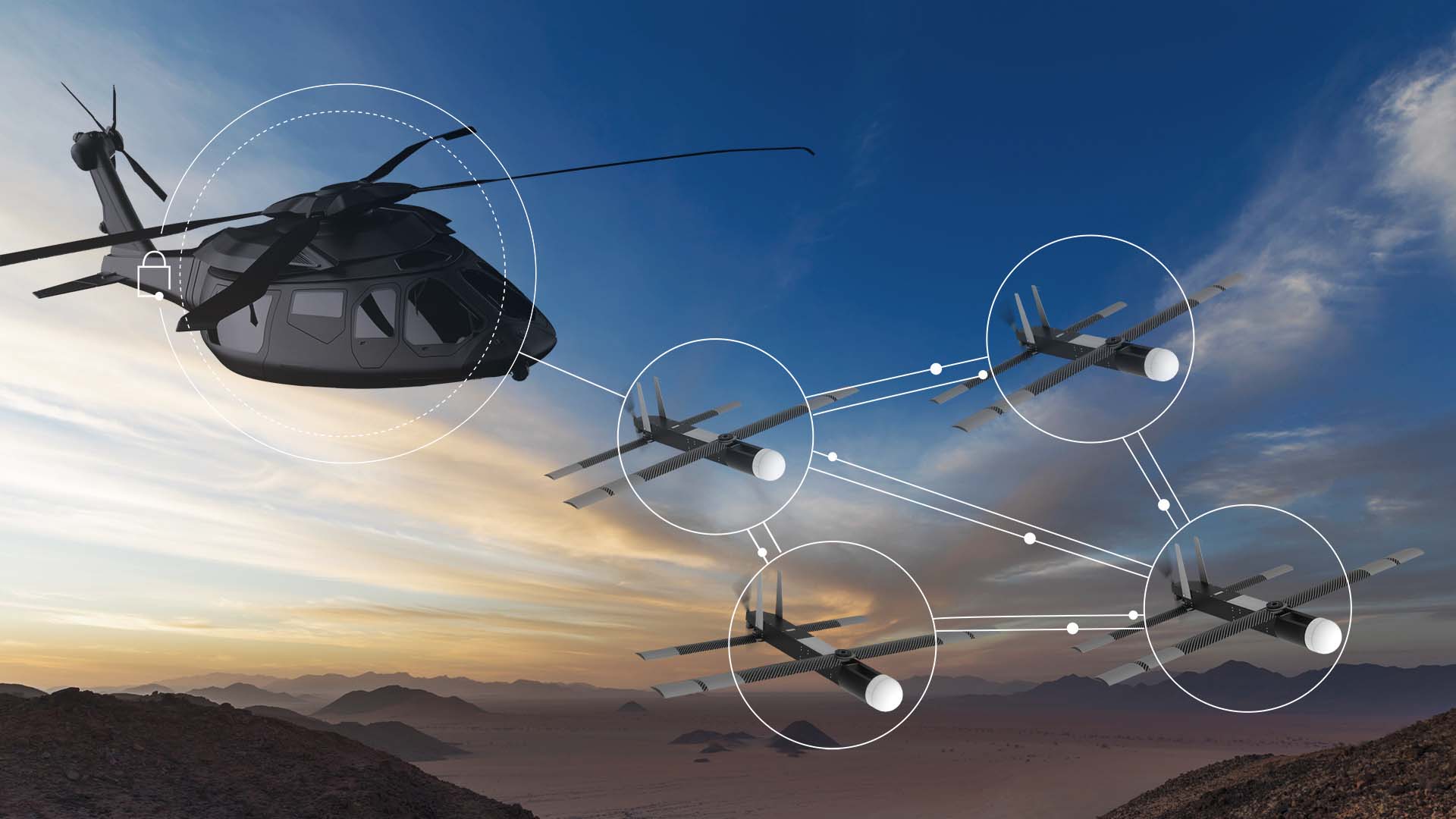
Drones Tech Lab, a Kolkata-based technology firm, has emerged as the winner of the iDEX ADITI 1.0 challenge, a prestigious initiative aimed at fostering innovation in India’s defense sector. The company’s groundbreaking development of a helicopter-launched weaponized drone has earned them recognition and support from the Ministry of Defense (MoD).
The iDEX ADITI Edition 1.0 challenge, launched by the MoD, sought to identify Indian startups capable of creating a cutting-edge weapon system for the Indian Air Force (IAF). The desired system was a helicopter-launched drone equipped with Man-Unmanned Teaming (MUM-T) capability with a range of 40km.
Continue readingSOURCE: AFI
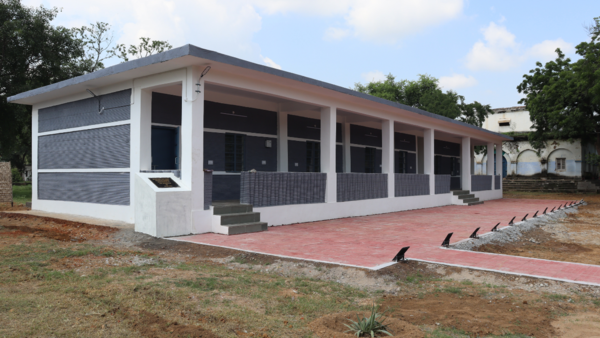
Telangana-based Simpliforge Creations and the Indian Institute of Technology, Hyderabad have teamed up with the military engineer services (MES) to set up the Indian Army’s largest and Madhya Pradesh’s first 3D printed building at Morar Cantonment in Gwalior, Madhya Pradesh. The building, which will house barracks for jawans with a capacity to accommodate 14 jawans, was built to demonstrate efficient housing solutions for troops in remote and challenging terrain.
Simpliforge Creations co-founder & CEO Dhruv Gandhi said while the foundation work for the 11-11.5 ft tall structure, spread over around 2500 sq ft, was done using conventional construction techniques, the 10-ft tall portion above the ground, excluding the beam, was all 3D printed in just a month’s time.
Continue readingSOURCE: AFI
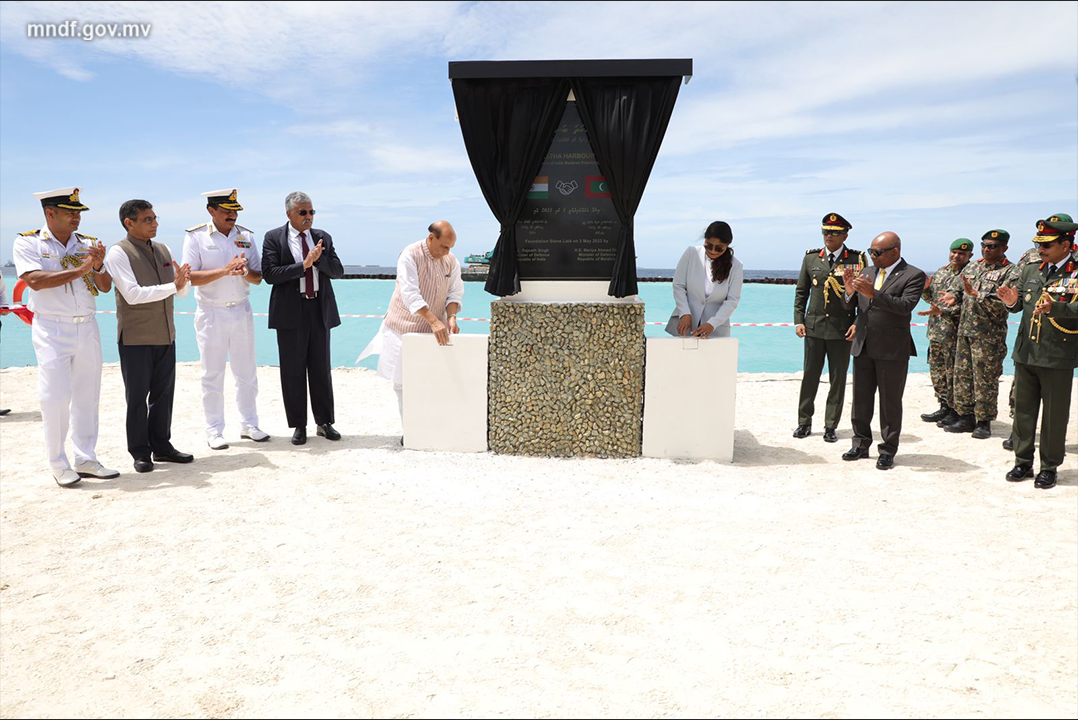
In a surprising policy reversal, Maldives’ newly elected President Mohamed Muizzu has agreed to continue defense cooperation with India, allowing New Delhi to deploy defense platforms in the Indian Ocean archipelago. This comes shortly after Muizzu’s government initially requested the withdrawal of Indian military personnel stationed in the Maldives, a move that was seen as a fulfillment of his election promise to reduce foreign military presence.
President Muizzu, who came to power on an “India Out” campaign, initially pushed for the withdrawal of Indian military personnel stationed in the Maldives for humanitarian and disaster relief operations. These personnel had been deployed as part of a longstanding agreement between the two nations to bolster regional security and humanitarian assistance in times of crisis.
Continue readingSOURCE: RAUNAK KUNDE / NEWS BEAT / IDRW.ORG

In response to emerging maritime threats and the evolving nature of warfare, the Indian Navy has called on private sector companies to collaborate in developing a Naval-Collaborative Combat Air Vehicle (N-CCAV). This initiative is aimed at addressing growing challenges posed by Anti-Access/Area Denial (A2/AD) capabilities and modern integrated air defense systems at sea. The Navy envisions the N-CCAV to complement its existing combat assets, provide cost-effective strike capabilities, and enhance operational flexibility in contested maritime environments.
In light of these challenges, the Indian Navy has expressed the urgent need to restore its counter-air and air-to-surface capabilities, particularly in the presence of high-end A2/AD threats. To address these gaps, the Navy seeks to develop Collaborative Combat Air Vehicles (CCAV), which will provide the following advantages:
Continue readingSOURCE: RAUNAK KUNDE / NEWS BEAT / IDRW.ORG
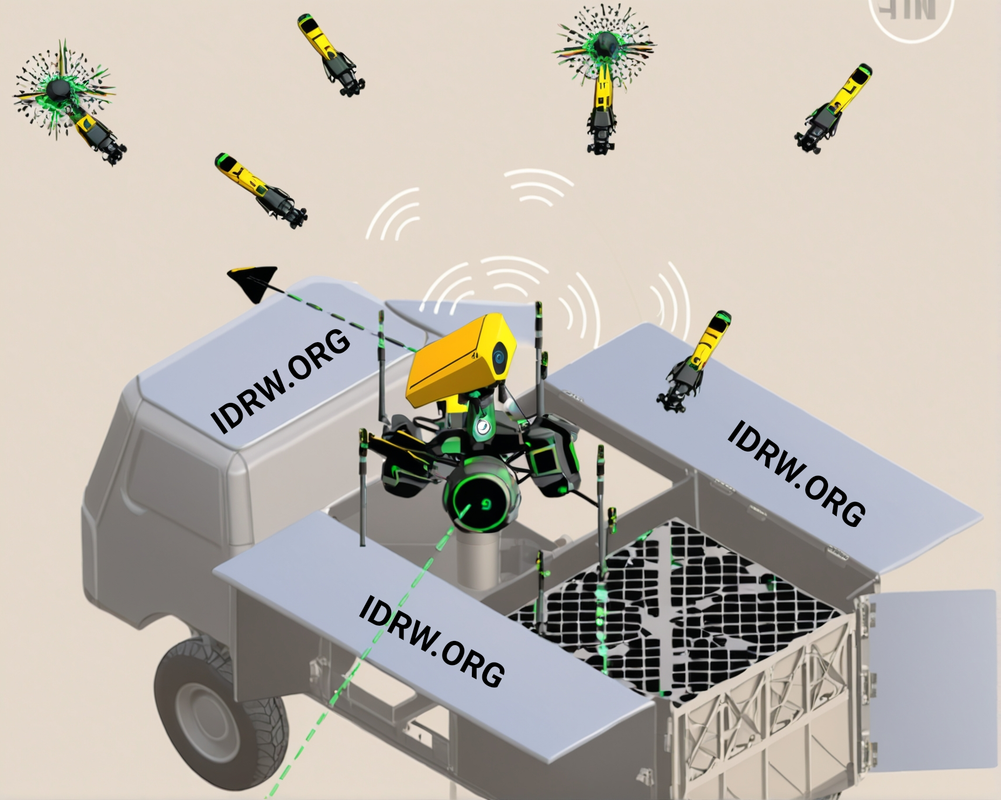
In response to the growing threat of drone swarms targeting vital installations, the Indian Air Force (IAF) has called on private sector companies to collaborate in the design and development of a multi-domain launch capable loitering aerial interceptor system. This innovative solution aims to counter swarm-drone attacks, one of the most pressing challenges in modern air defense. The system will feature autonomous, multi-drone swarms capable of neutralizing multiple airborne threats with a combination of hard and soft kill mechanisms.
The IAF recognizes that the use of drone swarms by adversaries has introduced a complex threat environment. Swarms are difficult to intercept using traditional methods due to their distributed nature, speed, and collaborative behavior. As such, the IAF’s vision is to develop an autonomous system that can intercept, engage, and neutralize multiple drones simultaneously.
Continue readingSOURCE: RAUNAK KUNDE / NEWS BEAT / IDRW.ORG

The Indian Air Force (IAF) is seeking innovative solutions from private sector companies to design and develop a road-mobile tethered aerostat system with integrated radar and communication capabilities. The goal is to enhance low-level radar and communication coverage over a range of 80-120 kilometers, overcoming the limitations imposed by the radio line of sight. This advanced system will play a critical role in improving aerial object detection, tracking, and communication relay, especially in remote and challenging environments.
The increasing complexity of air defense and surveillance requires systems that can provide long-range radar coverage and effective communication at low altitudes. Traditional ground-based systems face limitations due to the curvature of the Earth and obstacles in the terrain, which affect the radio line of sight. The solution the IAF envisions is a tethered aerostat system—a portable, road-mobile technology that can elevate radars and communication equipment to heights of 2,000 to 5,000 feet above ground level (AGL), thereby expanding the line of sight and providing coverage over a much larger area.
Continue readingSOURCE: AFI

The Indian Air Force’s (IAF) ambitious Multi-Role Fighter Aircraft (MRFA) tender, aimed at procuring 114 advanced fighter jets, is set to face a long and complex journey, with the process expected to take nearly five years to materialize. Even if the IAF secures Acceptance of Necessity (AoN) and the Request for Proposal (RFP) is issued by 2025, the path to contract finalization and delivery will be lengthy, influenced by a multitude of factors.
The MRFA program is critical to the IAF’s long-term modernization strategy. The IAF currently operates a mix of aircraft of varying ages and capabilities, and many of its older fleets, including the MiG-21, MiG-27, and early variants of the MiG-29, are approaching the end of their operational life. This has created an urgent need to induct new-generation fighter jets to maintain the IAF’s combat readiness and technological edge, especially as regional security dynamics evolve.
Continue readingSOURCE: AFI

Earlier this year, Baba Kalyani, Chairman and Managing Director (CMD) of Bharat Forge, sent ripples through the Indian defense sector with a bold announcement: the company is developing a light tank under 25 tonnes. This move signifies a significant step towards self-reliance in India’s military hardware production.
The project has captured the imagination of defense enthusiasts, with a purported CAD image of the light tank circulating online. While the image’s authenticity remains unconfirmed, it offers a glimpse into the potential features of this innovative vehicle.
Continue readingSOURCE: AFI

AeroArc, a leading robotics company based in New Delhi, has successfully completed the delivery of 100 Robotic Mules to the Indian Army. These advanced ground robots are designed to enhance the capabilities of soldiers in a variety of operational environments.
The Robotic Mule is a versatile and durable platform that can navigate challenging terrains, including stairs, steep hills, rocks, and debris fields. Its IP-67 rating ensures ruggedness and reliability even in extreme weather conditions. The robot can operate effectively in temperatures ranging from -40 to +55 degrees Celsius, making it suitable for deployment in diverse geographical regions.
Continue readingSOURCE: AFI

The Defence Research and Development Organisation (DRDO) has achieved a significant milestone in India’s aerospace industry with the successful development of indigenous high-pressure compressor (HPC) drums for aero engines. This breakthrough technology will reduce dependency on foreign suppliers and strengthen India’s self-reliance in defense manufacturing.
HPC drums are critical components of aero engines, subjected to extreme stresses and temperatures during operation. Their timely replacement is essential for maintaining engine performance and safety. Traditionally, India has relied on foreign manufacturers for these high-value components.
Continue readingSOURCE: DASSAULT

On this day, Sébastien Lecornu, French Minister of the Armed Forces and Veterans Affairs, announced the development launch of the unmanned combat aerial vehicle (UCAV) that will complement the future Rafale F5 standard after 2030.
The announcement was made at a ceremony marking the 60th anniversary of the French Strategic Air Forces (FAS) at the Saint-Dizier air base, in the presence of General Jérôme Bellanger, Chief of Staff of the French Air and Space Force (AAE), and Éric Trappier, Chairman and CEO of Dassault Aviation.
Continue reading